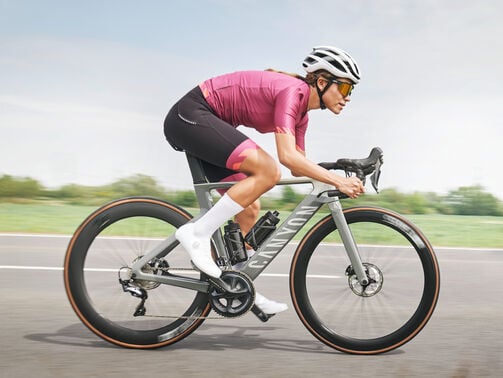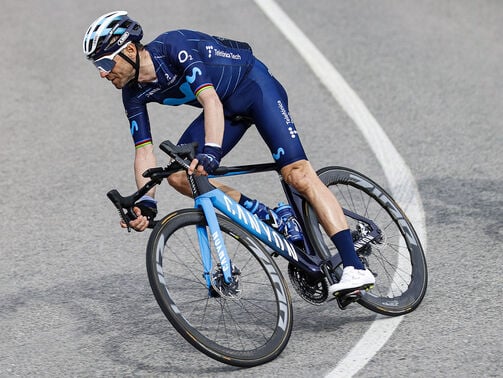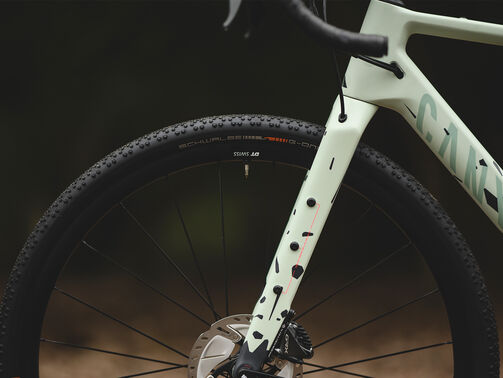15 years of Aeroad
As the new Aeroad launches, we look back on the amazing 15-year history of a bike that has changed the sport.


From the first designs on tissue paper and struggling to convince pros to ride it, to huge victories at the world’s biggest races and setting the standard for the rest to follow, this is the story of the Aeroad.
As told by:
Sebastian Jadczak, Global Director R&D ‑ Road
Michael Rich, Consultant R&D - Road
Andreas Walzer, Global Director - Pro Sports
Initial Development (2009) – The start of something fast
It’s the summer of 2009. Omega Pharma-Lotto are racing Canyon bikes at the Tour de France for the first time. Canyon founder Roman Arnold is watching, but he isn’t entirely satisfied.
Sebastian Jadczak: Cadel Evans was riding for Omega Pharma-Lotto, and Roman had heard that if he had used an aero bike at that Tour, there was a stage that he would have won, rather than just come top ten.
Michael Rich: We had a kickoff meeting and Roman came into the room and said: ‘We need to make an aero bike!’.
Sebastian: There were only a couple of aero bikes on the market back then. And so that was our challenge: to make an aero bike for our pro team.
Michael: With limited resources back then, we were up against the clock to get the bike ready. We even sketched initial designs on tissue paper in a hotel lobby! We very quickly saw the clear potential to provide a competitive advantage for our athletes though.

First Generation (2010) – Fast, and full of potential
It’s a race against time to make Canyon’s first aero road bike. This ‘Aeroad’, as it is named, isn’t perfect, but it still ends up taking Philippe Gilbert to new heights in its first season.
Michael: The bike wasn’t ready for the 2010 Tour – we just missed it. I delivered the first one that was rideable to Philippe Gilbert, soon after, so he could try it out. I told him: you can train on it, but whatever you do, please don’t race on it because it’s not UCI-approved yet. The next weekend I’m sat watching San Sebastian on TV and there he is racing on it!
Sebastian: It was probably the most comfortable aero bike out there, because the seat post wasn’t that deep, and we used basalt fibres. The main challenge we had was that it just wasn’t quite stiff enough for sprinting on.
Andreas Walzer: Yeah, the first generation of the Aeroad was only focused on aerodynamics, and nothing else. Back then we thought, ah, weight isn’t that important, stiffness isn’t that important. What it was though, was super-fast. And it was so beautiful – it looked like a piece of art.
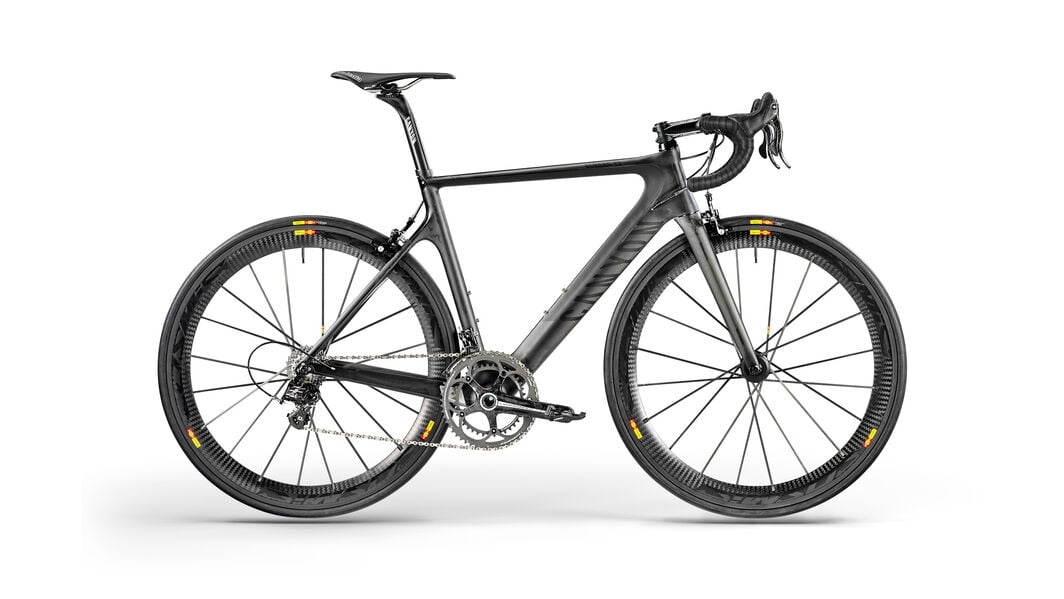
Michael: Philippe Gilbert loved it. He always played around, changing his setup, and rode it all season. In late 2010 he was amazing at those Italian autumn classics, winning Lombardia, and then what he did in 2011: the Ardennes clean sweep, the first Tour stage, San Sebastian, Quebec... It was his most successful season ever!
Michael: We then signed with Katusha and the funny thing with Joaquim ‘Purito’ Rodríguez was that he only rode ‘made to measure’ bikes, built by a friend of his, and then resprayed. He said to me, I don't ride these Canyon bikes. I said, hey that’s not possible, Canyon are sponsoring the team. You’ve been second place behind Philippe Gilbert on this bike six times now… why don’t you give it a chance!?
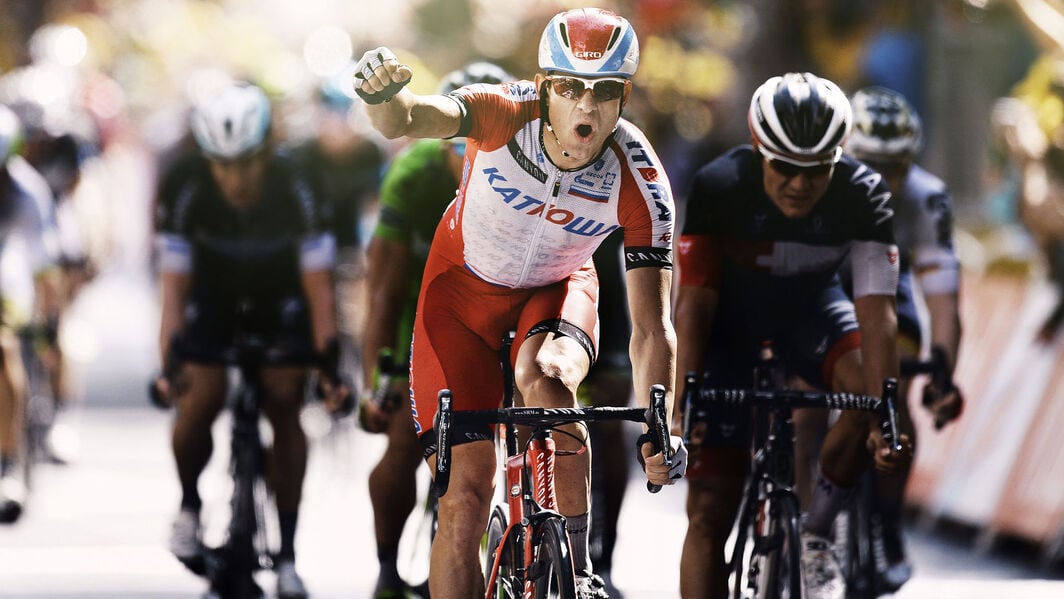
Second Generation (2014) – The bike that changed the game
After three successful years with Omega-Pharma Lotto, Canyon signs to supply Katusha, and later Movistar and Canyon//SRAM. Once again, the bar is raised higher.
Sebastian: For the second generation, I set a target for our team that we needed to make an aero bike that was the benchmark in aerodynamics (because only then will you have an advantage against everyone else), comfortable enough for the classics, and stiff enough for the sprinters. Our idea was that if we could make a bike like this, all riders would use it, and it would be a game changer in road racing. We succeeded.
Michael: This second generation was the first Aeroad with proper aerodynamics science behind it. The first one that we had proper time for wind tunnel testing. It had a monocoque cockpit too, as opposed to just using Ritchey bars.
Sebastian: With all the wind tunnel testing we’d done, it was very clear to us that in every single situation of a race, an aero bike was a big advantage compared to a normal one. There were quite a few world tour teams who didn’t even have aero bikes available to them, so we just had to work to convince our teams and pros to ride the Aeroad at all times.
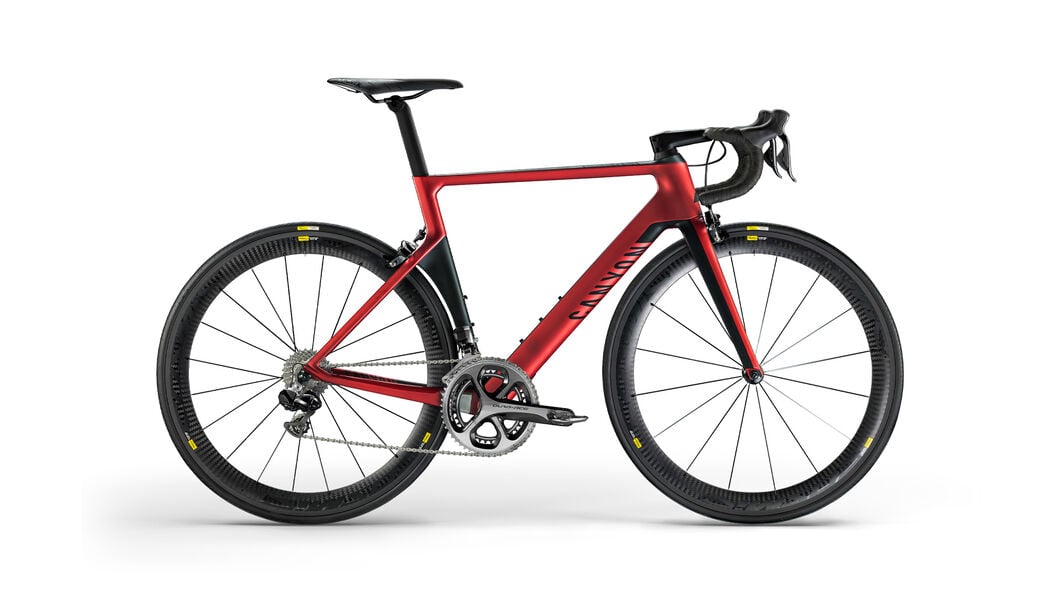
Andreas: We wanted Katusha to have the bike for the 2014 Tour, and it was only just ready in time. I drove from Germany to Barcelona to give it to ‘Purito’ Rodríguez. I assembled the bike in front of him, and he went off for a ride with a friend. A couple of hours later he came back incredibly enthusiastic. His friend was 20 kg heavier than him, and it was the first time Purito had ever kept up with him on the descents, so it meant the bike was fast to him! We drove home very happy.
Sebastian: It was amazing. That first season, Katusha won races with more than ten different riders.
Andreas: When Alexander Kristoff used this bike, he immediately started winning Tour de France stages. It was really significant that he seemed to take a step up with the Aeroad. Then, when he won the 2015 Tour of Flanders, it was the first time an aero road bike had won a cobbled Monument.
Michael: The main difference with the second generation was how much stiffer it was. I think it was the first bike where Canyon showed the world what we can do. The biggest moment? It has to be Mathieu van der Poel arriving on the world stage on an Aeroad at Amstel Gold Race in 2019. That was historic.
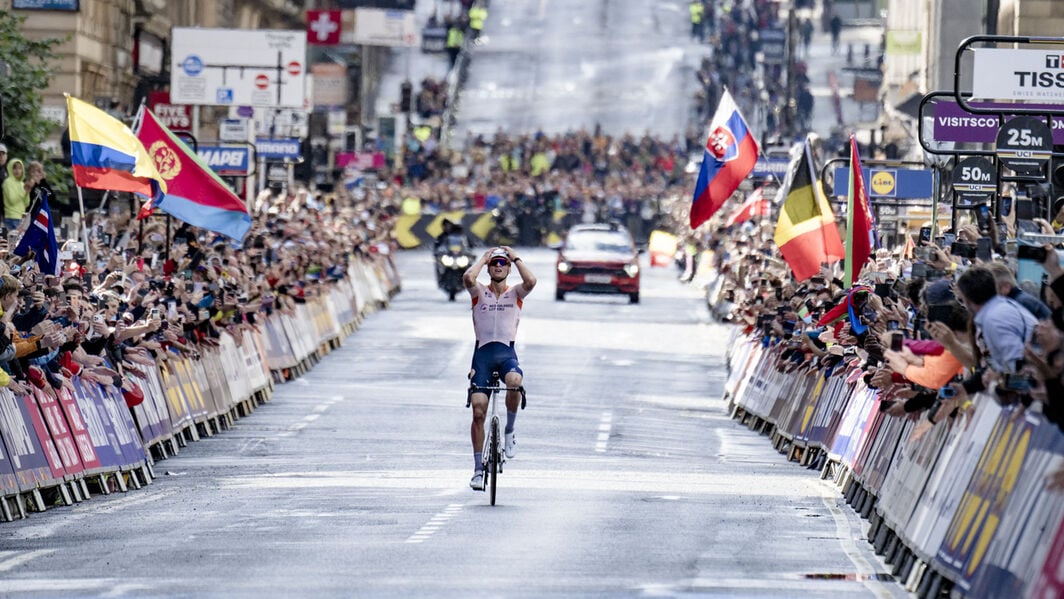
Third Generation (2020) – MVDP’s Winning Machine
A breakthrough bike, and the rise of Alpecin-Deceuninck and MVDP. With Annemiek van Vleuten on board too, the third generation Aeroad was a winning machine.
Sebastian: For the third generation of the Aeroad, we partnered with SwissSide, an aerodynamic consulting R&D company. With them we took the aerodynamics of the bike to another level. We also did a lot more consulting with our pro teams to ensure a continuous stream of refinement and enhancement on the bike based off feedback from the world’s best riders.
Andreas: In terms of weight, comfort, geometry, aerodynamics, this bike is the pinnacle. It’s simple: If you are serving the demands of the WorldTour, you have to be fast, stiff, light, aero, and have a good geometry. And this third generation had it all.
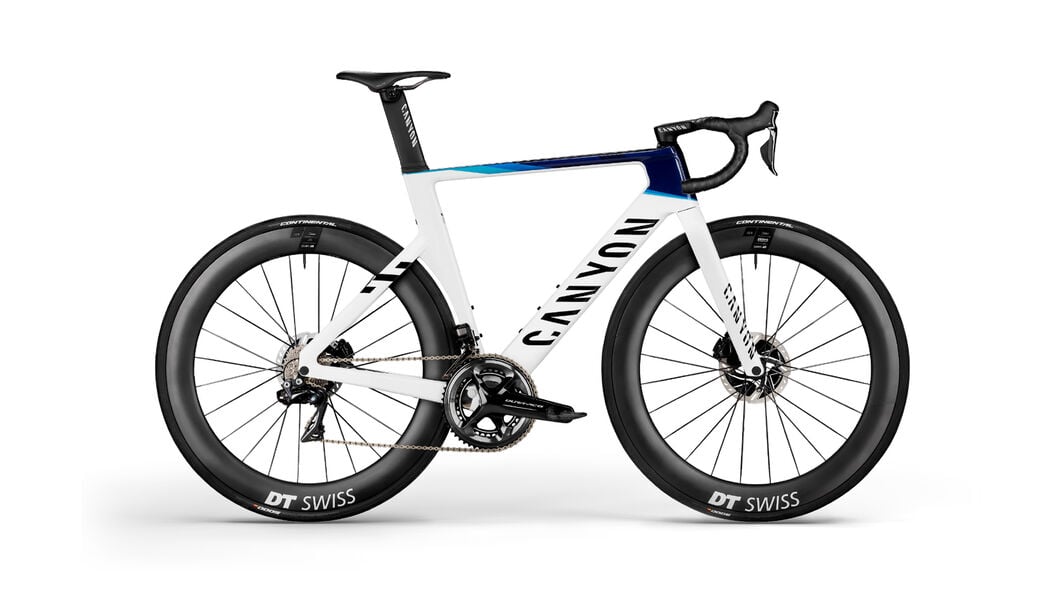
Michael: We were really ambitious in terms of innovation for the third generation, but with innovation comes challenges. The third generation Aeroad was no exception. This third generation has enjoyed incredible success though: Annemiek van Vleuten won the Tour de France Femmes – she really cared about her bike, it was great. Jasper Philipsen won those four stages and the green jersey at the Tour last year, and then MVDP’s Worlds win in Glasgow was just amazing. Even when he crashed, the bike held up perfectly for him.
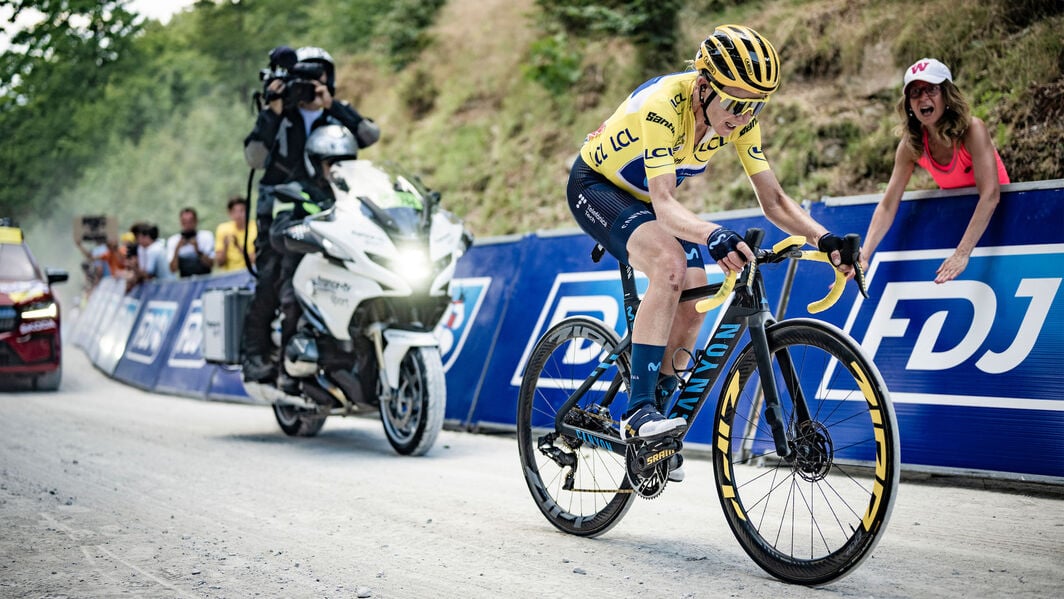
Andreas: It is so important and helpful for us to receive experiences and feedback on our bikes from the teams and riders. In pro racing, the material is put to the ultimate test, and it helps us to keep improving our bikes. With the Aeroad, we have now gone 1-2 at Paris-Roubaix twice. It has been great teamwork at Canyon to make this one of road racing’s most successful bikes ever.
Michael: Mathieu loves his Canyon Aeroad – he's been riding it since 2018. That combination of aerodynamics, handling and responsiveness is perfect for the way he races. It also makes it easy for him to get into that low down aero position he has, which is so important in racing these days. Mathieu and the Aeroad – an amazing partnership that I hope continues long into the future.

The all-new Aeroad
The fourth generation Canyon Aeroad is out now, ready to redefine a new era of speed. Not just tougher, smarter, and more adaptable than before, it has been proven in the wind tunnel against its competitors and validated in real-world racing. It’s the fastest bike in the WorldTour.
Did this article help?
Thank you for your feedback

